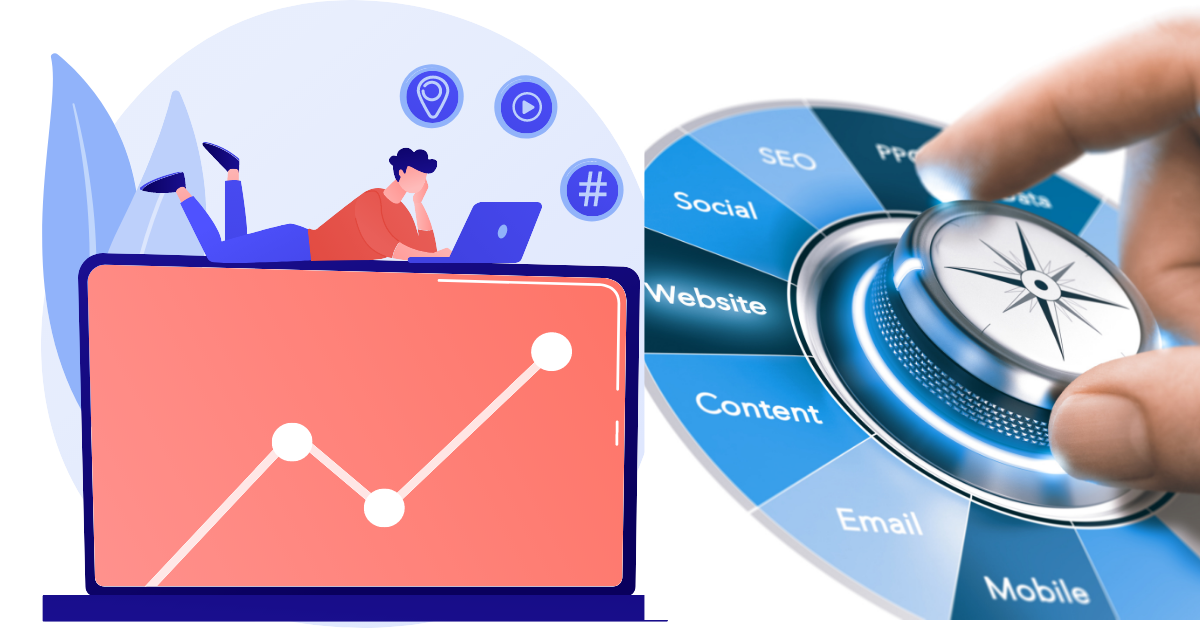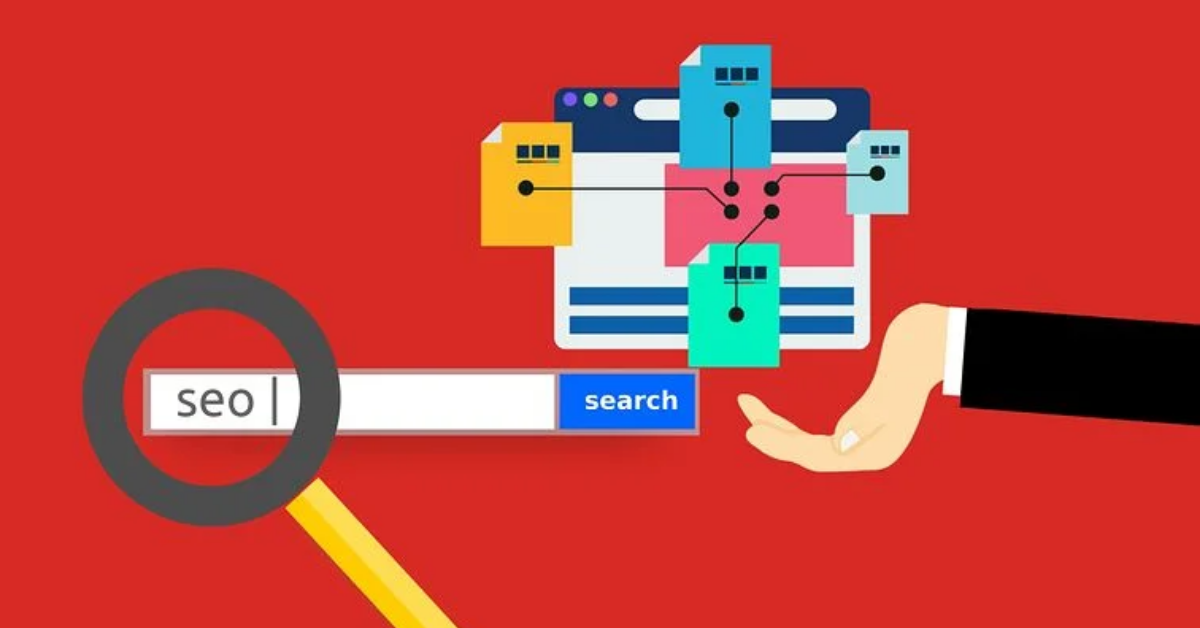Artificial intelligence and machine learning have supplied marketers with a lot of valuable insights. There’s no doubt marketers have more data about their target audiences at their fingertips. Using these insights can help them make better advertising approaches and marketing decisions. The challenge is knowing how to formulate a data-driven marketing strategy. We’ve got you covered!
MIND-BLOWING STATISTICS ABOUT DATA-DRIVEN MARKETING
A digital marketing speaker Hong Kong highlights that data-driven marketing is the only way forward as modern consumers demand a personalized experience. To boost the overall competitive advantage of a brand or a business, data helps them better understand their customers and the market. Here are some mind-blowing statistics on how data impacts the success of digital marketing.
Brands and businesses reported harvesting 8 pieces of customer data on average. The most common types are email addresses (89%), names (84%), telephone numbers (75%), and physical addresses (68%). Yet, data harvesting is not limited to transactional details. Brands and businesses also record behavioral insights and trends based on the online activities of their customers and followers.
Companies that adopt a data-driven digital marketing strategy are six times more profitable year-over-year than competitors who never utilize data. Forbes mentioned that it only shows the advantage of these valuable insights on competition and profitability.
According to CMO, a global network of executives, speed is the primary benefit of data-driven marketing. 67% of marketers believe that they can execute their campaigns quickly through the use of analytics.
WHAT IS DATA-DRIVEN MARKETING?
Data-driven marketing means using customer information to deliver personalized messaging to get the highest return on investment (ROI). It is one of the biggest transformational changes in digital marketing.
To better understand data-driven marketing, brands and businesses need to distinguish what 1st party, 2nd party, and 3rd party data cover. 1st party data are information that you collect directly from your customers. 2nd party data are information collected by another entity and are sold to you from one source. While 3rd party data are the information you buy from people who aggregate data from different platforms and websites. These aggregators do not collect the information. Instead, they act as a 3rd party to collate them.
A social media agency Hong Kong highlights that Apple’s IDFA, enhanced tracking protection, GDPR, and other data privacy standards have cut down the ability to capture 3rd party data. As such, marketers are now turning to 1st party data in order to continue with data-driven campaigns.
DESIGNING A DATA-DRIVEN DIGITAL MARKETING STRATEGY
Here are 3 basic steps to design a data-driven digital marketing strategy.
- Decide What Data to Track. Start by establishing your digital marketing goals. These may be gaining followers, getting subscriptions, increasing sales, or promoting brand loyalty. From these goals, decide which data you may want to track. Besides your personal information, you may need to know how often people abandon a cart, complete a purchase, search for a keyword, visit a site, etc. These behavioral insights can clearly help you define your target persona.
- Use Google Analytics to Track Your Data. Google Analytics is the best tool for online data tracking. With Google being the largest search engine globally, it is filled with rich insights to dig into different facets of a customer journey. Most brands and businesses largely depend on Facebook’s Analytics. Little did they know that Google Analytics is an invaluable resource for advanced digital marketing. Google’s high-traffic and tracking software make it efficient in estimating data. That is despite the new privacy policies and data handling laws. Besides, it is free to use Google Analytics. It is also very easy to find answers and integrate everything on it.
- Review Your Data Consistently. A data-driven digital marketing start, stop and scale data. Thus, it is vital to keep track of this information. With these insights, start knowing what works and what fails. From there, you can start deciding what strategy to stop and then to scale.
Reference: https://www.socialmediaexaminer.com/how-to-design-a-data-driven-marketing-strategy/






